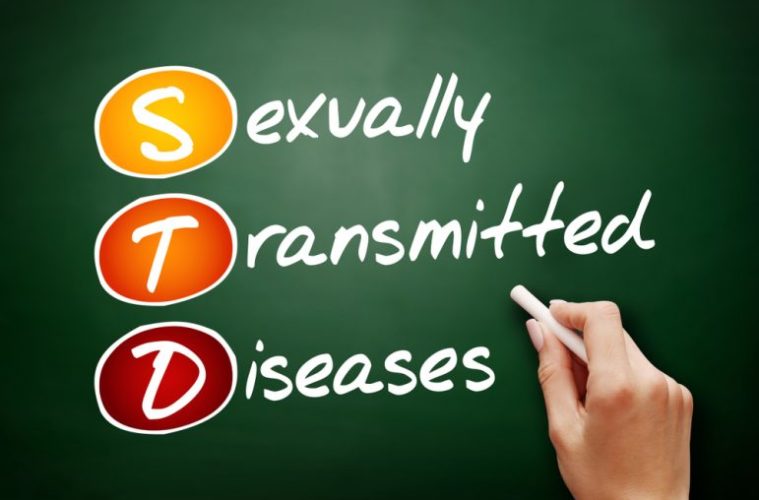A very rare, flesh-eating STD has been found in England, as some woman from the town of Southport was diagnosed with the condition. The disease, known as donovanosis, is an STD that can destroy genital tissue and, as you might imagine, isn’t something that occurs very frequently. However, doctors are now trying to treat the woman.
According to Live Science, the woman, who isn’t being identified, but is between the ages of 15 and 25, is being given antibiotics to help treat the Donovanosis, which may take several weeks to be effective. Complications from not getting treatment include things like genital damage and scarring.
So, how rare is the disease, which is cause by a bacterium called Klebsiella granulomatis, according to the National Institutes of Health (NIH)? According to the Live Science article, there are only about 100 cases reported each year in the United States, with most instances coming from people who have traveled to, or are from, areas where the flesh-eating STD is common — like parts of India, Papua New Guinea, the Caribbean, central Australia and southern Africa, according to the Centers for Disease Control and Prevention.
Again, although the flesh-eating STD is extremely rare, it’s important to understand some of the symptoms that accompanies those who contract it. According to SA Health, via the Live Science article, the disease typically starts out as a small and painless sore (or ulcers) on the genitals. Like most diseases the spread in the body, those sores gradually inflame and get larger, which leads to red bumps which can destroy genital tissue and cause the skin around the area to lose color. Yeah, that doesn’t sound pleasant at all.
The Live Science article also reference the Liverpool Echo, which spoke with Shamir Patel, a pharmacist for the British online pharmacy Chemist-4-U.com. He described the infection as saying that it, “causes lesions and skin disintegration as the [patient’s] flesh effectively consumes itself.” If the flesh-eating STD isn’t treated quickly enough or at all, in the later stages, symptoms can look similar to some advanced genital cancers — so, while rare to contract, it’s important to take care of symptoms of Donovanosis as soon as possible.
As for how Donovanosis is spread, like other STDs, it’s often delivered through sexual intercourse, with very, very rare cases known to have come from oral sex. And, while it’s critical to recognize any symptoms early on, according to the NIH, some signs of the flesh-eating STD may not appear until as late as 12 weeks.
None of the information on the British woman being treated has been released, other than her age, and it’s unclear how she became infected or if she’s experienced any major complications from the disease. Let this serve as the latest example to always, under every circumstance, use protection and practice safe sex habits.




